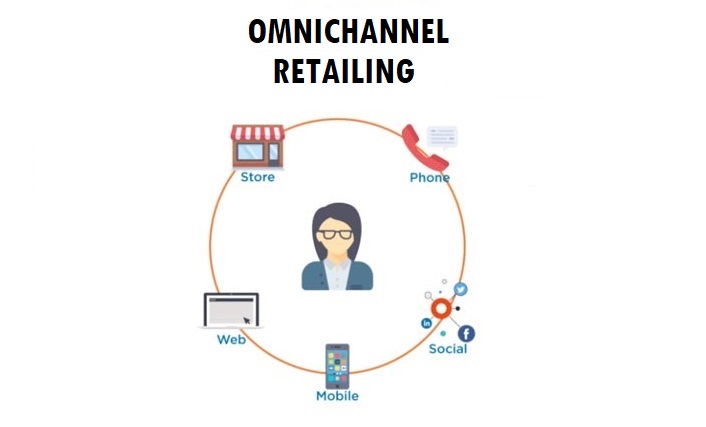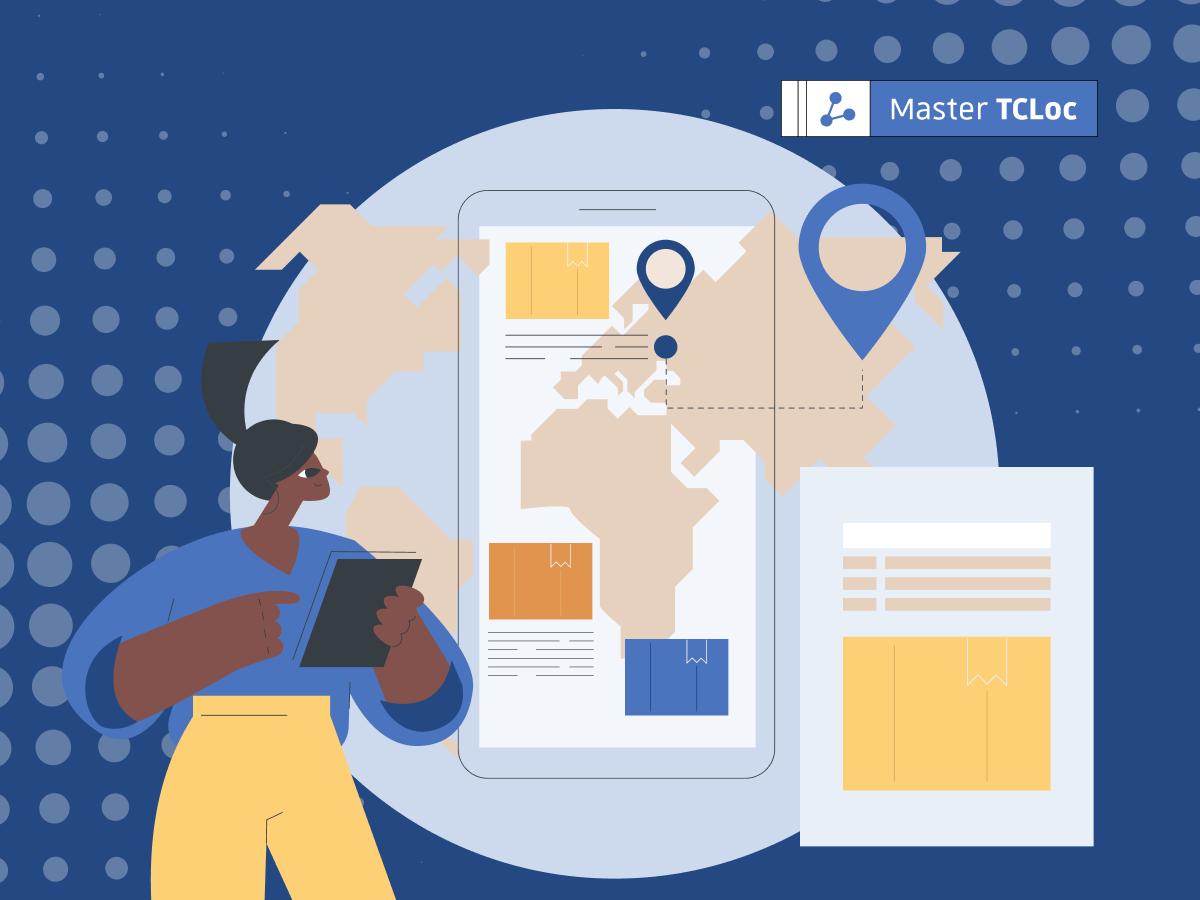Our buying habits have taken a drastic turn because of new technologies that are competing with brick-and-mortar shops. Products and services are now within easy reach, and companies are taking advantage of that by implementing omni-channel strategies. Without further ado, let’s have a look at how these strategies are put in place.
What is omni-channel retailing?
Nowadays, customers have a wide range of choices when it comes to buying a product. Between brick-and-mortar shops, digital marketplaces, social media, e-commerce websites and apps, they can simply choose between the many options at their disposal. This is called multi-channel retailing.
However, omni-channel retailing takes the multi-channel strategy one step further. Instead of a company choosing just one of the multiple channels, they can choose them all. Omni-channel marketing is another approach to commerce in which businesses focus on providing a cohesive user experience across their multiple channels, both online and offline.
How to implement an efficient omni-channel strategy?
The channels must be consistent
As the customer will be using different channels to purchase his product, all these channels must be consistent with one another. Let’s take design as an example. Usually, a website has a certain style guide. If its owner decides to launch a print campaign using flyers, he should use that same style guide in order to create a graphic link between these two completely different channels. This ensures that customers will associate these graphic components (colors, fonts, etc.) to the brand’s identity.
Omni-channel marketing works exactly the same way. All the different channels must be consistent, not only in their design but also in the tone they use to address their target audience, in order to make sure that the customer associates all these different channels to the same brand.
The channels must be linked to one another
The customer must feel that all of these channels are working together in one, homogeneous customer experience. In order to do that, omni-channel businesses must make sure that the products or services provided on one channel are provided on the other channels as well. That way, customers can interact easily with all the different channels, fluidly switching between them at will.
You might have already come across omni-channel retailing yourself without even knowing it was omni-channel. Check out some examples of brands that succeeded in implementing a clever omnichannel strategy.
Why opt for an omni-channel strategy?
The presence of omni-channel in current user experience trends is not random. The main goal of omni-channel strategies is to enhance customer experience, thereby improving a brand’s reputation and sales. If done well, omni-channel makes the customer experience easier.
However, the continuity between all channels must be such that customers don’t even notice when they switch from one channel to another. Every channel is incorporated into the same buying experience. Using omni-channel can be a great way to improve customer satisfaction and stand out from other brands by offering a unique experience your customers won’t forget. Indeed, customer retention rates for companies that have implemented an omni-channel strategy are 91% higher than companies who don’t.
You can now understand how omni-channel retailing and customer experience are closely linked, if not inseparable. In fact, omni-channel retailing works to provide a unique and pleasant customer experience with the help of multiple, carefully thought-out, connected channels.
Thank you for reading, we hope you found this article insightful.
Want to learn more or apply to the TCLoc Master’s Program?
Click HERE to visit the homepage.
Thanks from the TCLoc web team.



